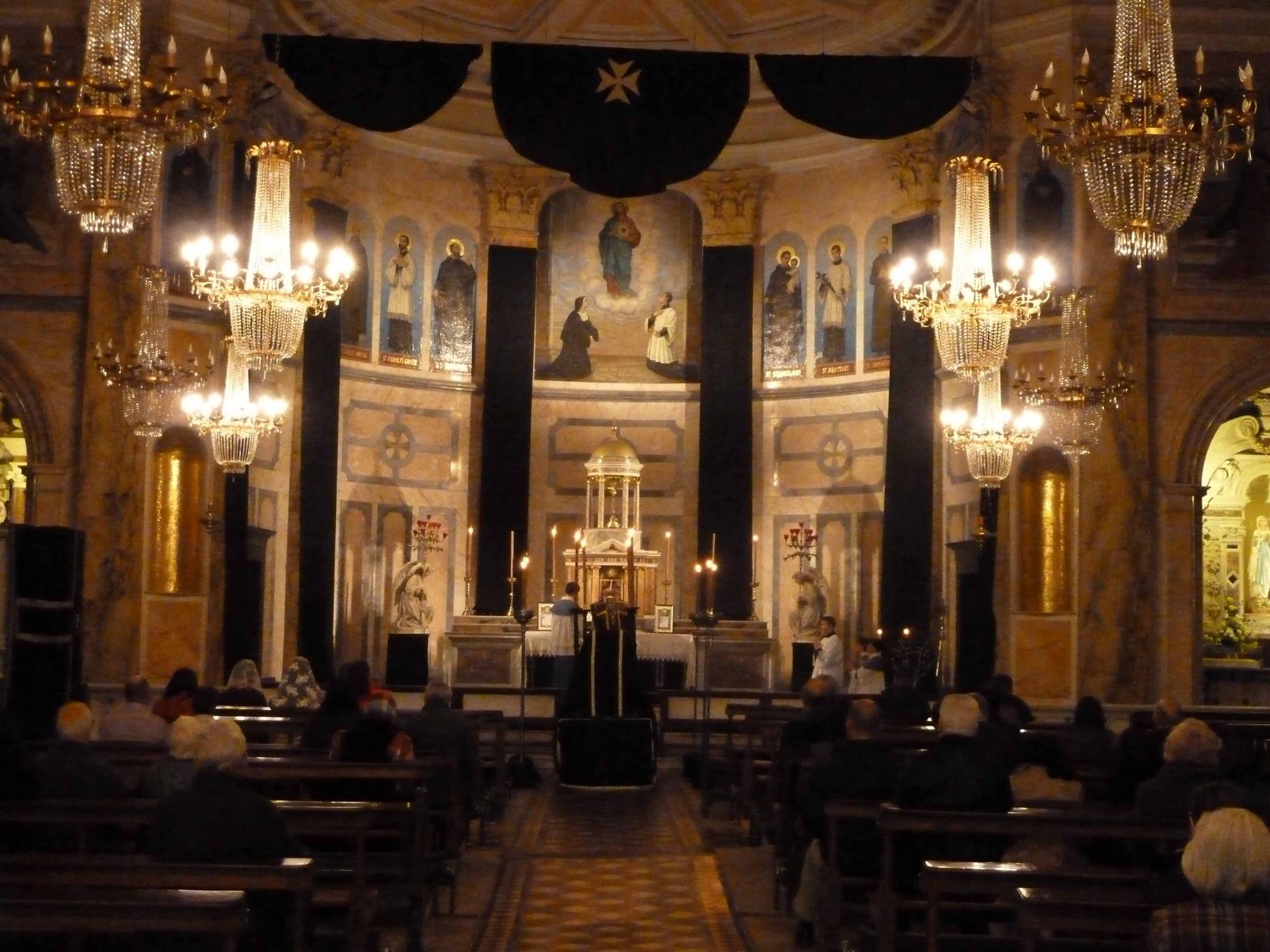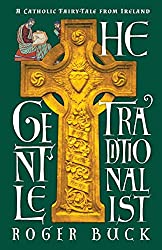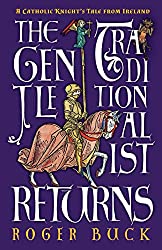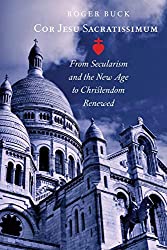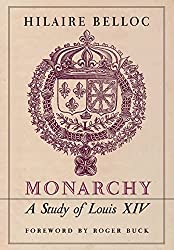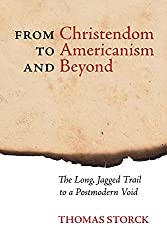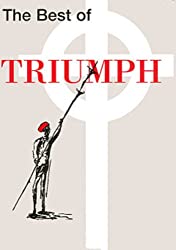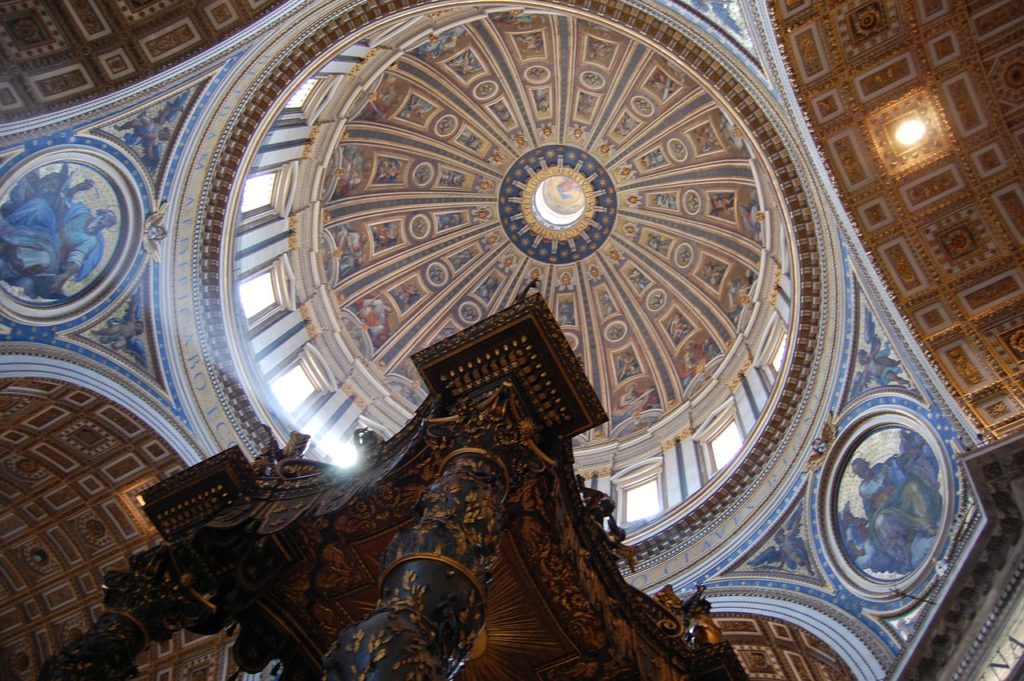
To help orient readers to this Tridentine Archive, I offer a small timeline of significant events relevant to understanding the epoch of the Tridentine Church.
Properly speaking, this epoch would be usually regarded as starting from 1545 with the beginning of the Council of Trent (from which the word Tridentine) and lasting till Vatican II (1962-1965).
The latter was clearly the end of an era. For the Council (or at least its aftermath) served to bury so many features of the previous epoch, including, though certainly not limited to, the Tridentine Mass.
However, my timeline extends a little bit each side of the period 1549 – 1962, giving other dates which seem important to recognise.
It is also intended to be simple and hardly comprehensive—just providing a few marker points to help those new to such things acquaint themselves. In other words, no ‘great work’ is essayed here, but only some notes which may be handy or helpful to some.
Here it might also be mentioned that some of the dates below—eg. the 1870 and 1874 birthdates of the great Hilaire Belloc and G.K. Chesterton—may also particularly contribute to understanding what this website is all about . . .

1517: Martin Luther begins the Protestant Revolution.
1531: Apparition of Our Lady to Juan Diego at Guadalupe. It has often been remarked that at the very moment Catholicism was being suppressed and destroyed across Europe (e.g. as with Henry VIII), this miraculous Apparition served to bring the Faith firmly to the New World.
1534: The Society of Jesus is initiated by Saint Ignatius Loyola on Montmartre in Paris in response to the Protestant Revolution.
Late 1520s onwards: Protestantisation of England. Processes commence whereby Henry VIII of England, unable to end his marriage, declares himself head of a new Church of England. Persecution of Catholics begins, including dissolution—looting and confiscation—of the monasteries of Britain and Ireland. Centuries of monastic life in Britain and Ireland are thereby ended.
1545: The Council of Trent is convened, forming the Catholic Reformation.
1600 onwards: Rise of de-christianised, rationalist, Enlightenment philosophy exemplified by Bacon, Descartes, Locke, Hume, Voltaire, Kant.
1670s: Beginnings in Paray-le-Monial, France, of the pre-eminent Tridentine Cultus – the Devotion to the Sacred Heart. Saint Margaret Mary has visions of the Sacred Heart calling for the public devotion.
Eighteenth Century: Rise of de-Christianised, rationalist, Enlightenment philosophy exemplified by Locke, Hume, Voltaire, Kant.
1776: American Revolution based on Enlightenment philosophy.
1789 – 1815: The French Revolution and ensuing Napoleonic wars devastate Europe. In the words of Christopher Dawson: “In sheer material destruction of monasteries and churches, in confiscation of property and abrogation of privileges, the Age of the Revolution far surpassed that of the Reformation; it was in fact a second Reformation, but a frankly anti-religious one.”
In France, the Sacred Heart is taken up as the Counter-Revolutionary emblem par excellence in this period.
1815: Following Napoleon’s defeat, the period of Restoration commences – a period of both Restoration of traditional European structures and a very significant Catholic revival.
1819: Publication of Du Pape by Joseph De Maistre – leading philosopher of the Catholic Counter-Enlightenment. De Maistre calls for a Christendom oriented above all to the Pope, giving impetus to Ultramontanism.
1829: Catholic Emancipation completed in the British Isles, which permits Catholicism to flourish freely again in Ireland. Once liberated from Protestant suppression, Ireland’s Catholicism will flow powerfully and markedly into the Anglophone New World in North America and Australia.
1830: Apparitions of Our Lady commence in the Rue du Bac, Paris. From here will come both the Miraculous Medal and incredible impetus for the Catholic Revival.
1833–1839: First Carlist War (of three) in Spain against gov- ernment espousing French revolutionary principles.
1846: Apparition of Our Lady of La Salette.
1858: Apparitions of Our Lady of Lourdes: “I am the Immaculate Conception”.
1860–1870: Italian annexation of Rome and Papal States, resisted by a multinational army summoned by Pope Bl. Pius IX. Three thousand Irishmen volunteer—despite the British government threatening them with prosecution if they enlist in the Pope’s forces! (Conversely, the British government raises no objection to those joining the conquer- ing Italian armies.)
1869-1870: Council of Vatican I. Triumph of the “De Maistrean” Ultramontanist stream: the Dogma of Papal Infallibility is declared (albeit in a far more restricted domain than is commonly believed).
1870: Birth in France of the Anglo-French writer Hilaire Belloc, who will initiate a profoundly influential current of English Catholic literature and political theory (Distributism).
1874: Birth of G.K. Chesterton, who, inspired by Belloc, will convert to Catholicism and vigorously campaign for Distributism. Chesterton’s writings inspire countless numbers and help to convert many, including C.S. Lewis, Marshall McLuhan and Graham Greene.
1899: Pope Leo XIII consecrates the entire human family to the Sacred Heart, declaring it to be “the greatest act of my pontificate”. (A very long, significant and powerful pontificate!)
1914: Outbreak of the supposed “War to end all War”. In the horrific ensuing carnage on a scale previously unimaginable, the nineteenth century dream of scientific, rationalist, materialistic progress, particularly prevalent in the Protestant countries, gives way to despair.
1917: Apparitions of Our Lady of Fatima and the Miracle of the Sun. This can be seen as the most dramatic of all challenges by Our Lady to Modernity. Our Lady calls for Papal and collegial consecration of Russia to Her Immaculate Heart.
1917: Communist Revolution in Russia, followed by further genocide of monumental proportion.
1939-1945: Second World War.
1962-1965: Vatican II. The Council and particularly its aftermath will do so very much to extinguish or drive underground so many of the features of the Tridentine Church.
Late 1960s–mid ’70s: New Mass in vernacular languages becomes widely introduced. Time of vast dissent in the Church. Liberal theologians protest Humanae Vitae encyclical on birth control—and much more. Mass exodus of priests and nuns from the Church. Collapse of vocations. Rapid decline of confession and, less rapidly, other Sacraments. The few remaining traditionalists feel persecuted on every front.

1978 onward: After ascending the Throne of Peter, St. John Paul II begins to halt chaos in the Church, disciplining rebel theologians, stemming the haemorrhage of the priesthood and slowly pioneering a return to orthodoxy with countless measures, including a new Catechism of the Catholic Church and indults to permit the traditional Latin Mass again.
1981: Assassination attempt on St. John Paul II, often associated with the KGB. St. John Paul II credits Our Lady of Fatima with sparing his life.
1982-1984: In the aftermath of the assassination attempt, Ven. John Paul II turns his attention to Fatima more acutely and endeavours to carry out the Papal and collegial consecration called for in 1917.
2007: Benedict XVI issues the Motu Proprio Summorum Pontificum to liberate the Tridentine Latin Mass.
Foreword for Monarchy by Roger Buck
Buying Books at Amazon Through These Links Gives Us a Commission. This Supports Our Apostolate. Thank You if You Can Help Us Like This!
